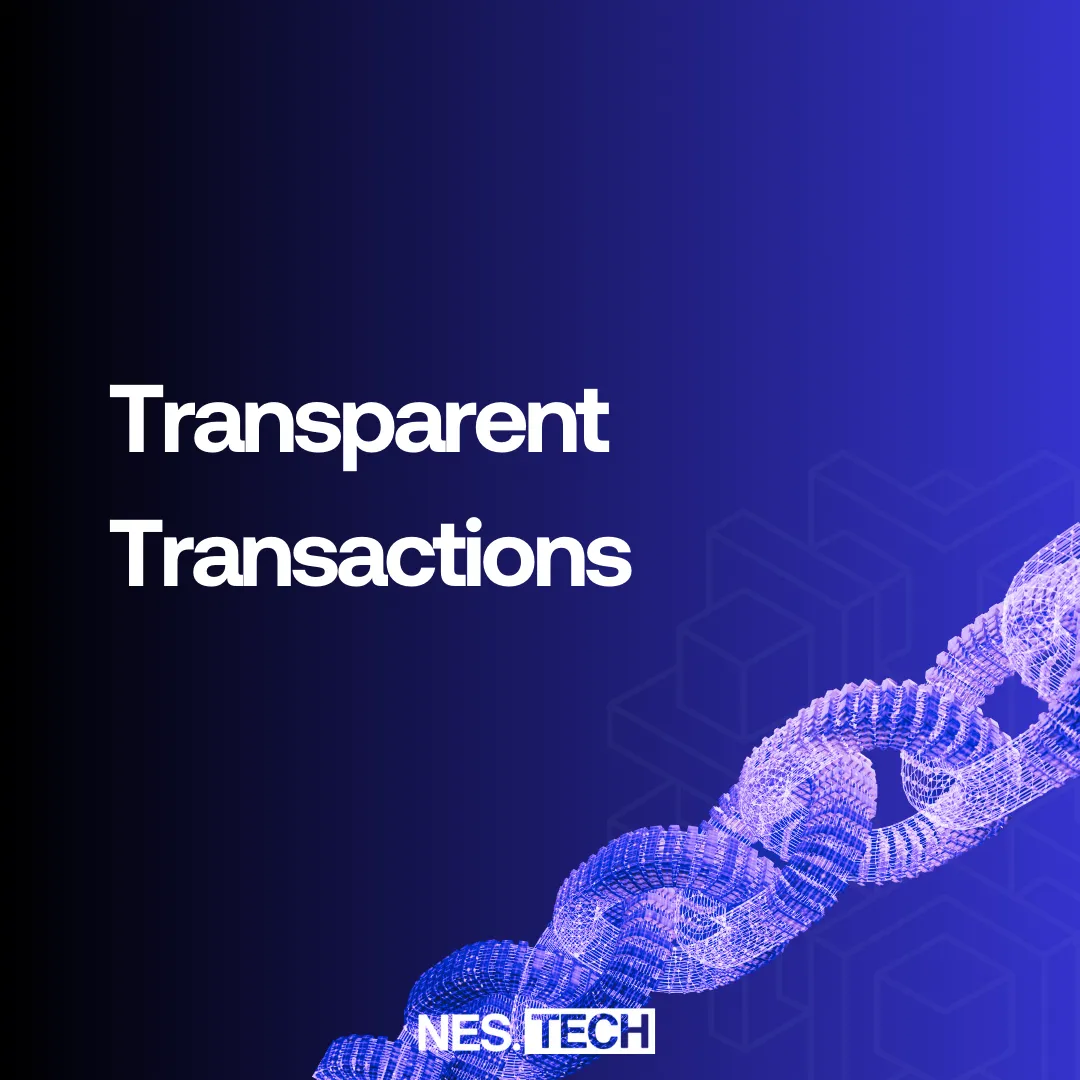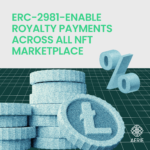The Financial Crisis and Blockchain: The Quest For Transparency

Ripples of distress were sent across the energy sector and beyond with the dramatic collapse of Enron, once a luminary in the energy world. This downfall was more than a corporate failure; it was a shockwave that destabilized an entire industry, undermining decades of built trust and stability. At its epicenter were employees, many of whom faced the dual blow of losing their jobs and watching their life savings, tied up in Enron stock, vanish overnight.
Investors, ranging from individuals to major institutions, were left grappling with monumental losses. The effects of this disaster reverberated further, casting a shadow over the accounting profession and eroding public trust in financial markets. Government bodies and regulators were prompted to reexamine and overhaul oversight mechanisms in response.
At the core of this widespread upheaval was a critical issue: a profound lack of transparency in corporate financial dealings. Enron’s story, thus, stands as a stark reminder of the chaos that ensues when transparency is sacrificed on the altar of corporate gain.
The Ubiquity of Non-Transparency
Enron’s story is an epic extensive deceit. Once a leading figure in the energy sector, Enron’s plunge into infamy was fueled by a complex web of non-transparent financial practices. The company’s strategy relied on intricate accounting maneuvers and off-the-books entities, cleverly designed to conceal its growing debt and boost reported profitability. This financial sleight of hand didn’t just dupe investors and analysts; it underscored a systemic failure in corporate governance and regulatory oversight.
Enron is not an isolated incident. The prevalence of non-transparency looms over multiple aspects of the global economy. In the banking and finance world, hidden risks and obscure financial products have led to crises that resonate to this day. The subprime mortgage crisis of 2007–2008, fueled by complex and opaque financial instruments, is a prime example.
In the government and public sector, non-transparent dealings breed corruption and inefficiency, eroding public trust and hampering development efforts. This is evident in cases where government contracts are awarded without fair and open bidding processes, leading to questions about integrity and fairness.
The non-profit realm, too, isn’t immune. Here, a lack of transparency in the use of funds undermine donor confidence and the effectiveness of humanitarian efforts.
Even in the realm of technology and startups, where innovation thrives, the absence of clear financial reporting and governance can lead to misallocation of resources and stifled growth. These examples underline a universal truth:
Wherever transparency is lacking, the potential for misuse of power, resources, and trust looms large, underscoring the need for vigilance and reform across all sectors.
The Emergence of Blockchain: A Timely Response to Financial Crises
As the world grappled with the aftermath of financial mismanagement and opaque practices highlighted by events like the Enron scandal and the 2008 financial crisis, a groundbreaking concept quietly emerged. In 2008, an individual (or group) under the pseudonym Satoshi Nakamoto published a whitepaper titled “Bitcoin: A Peer-to-Peer Electronic Cash System.” This document introduced blockchain technology as the backbone of the first decentralized digital currency, Bitcoin.
Blockchain wasn’t a brand-new concept. Its roots can be traced back to earlier research on cryptographic techniques and distributed systems. However, Nakamoto’s application of blockchain was revolutionary. It was the first instance of blockchain being used to create a completely decentralized, transparent, and immutable ledger, a stark contrast to the secretive and centralized financial systems that had contributed to recent economic catastrophes.
The timing of Nakamoto’s whitepaper was no coincidence. It arrived at a moment when faith in traditional financial institutions was at a low ebb, eroded by the ongoing global financial crisis. This crisis, rooted in non-transparent and risky financial practices, underscored the need for a system where transactions could be openly verified and recorded without reliance on traditional intermediaries like banks.
Blockchain technology proposed just that — a way to restore transparency and trust. Each transaction on a blockchain is recorded in a block, time-stamped, and added to a chain in a linear, chronological order. This creates a permanent and public ledger of all transactions, accessible to anyone within the network. Its decentralized nature means that no single entity has control over the entire chain, fundamentally reducing the chances of manipulation and increasing the security of the system.
Nakamoto’s vision of blockchain was a direct response to the systemic issues plaguing the financial sector. It offered a glimpse of a future where financial transactions could be transparent, secure, and free from the control of any central authority. This vision resonated deeply in a world still reeling from financial turmoil and scandals, setting the stage for a new era of technology-driven transparency.
Building on Nakamoto’s Legacy: The Rise of DeFi
The groundbreaking ideas set forth by Satoshi Nakamoto did not remain in the confines of a whitepaper; they sparked a technological movement. Enthusiasts, developers, and visionaries across the globe began to build upon Nakamoto’s foundation, leading to innovations like smart contracts and the proliferation of Decentralized Finance.
Smart contracts, self-executing contracts with the terms of the agreement directly written into lines of code, emerged as a key development. They expanded the applications of blockchain from simple transactions to more complex, automated agreements that execute themselves when certain conditions are met. This innovation, first popularized by platforms like Ethereum, opened up possibilities for automation, reduced reliance on intermediaries, and enhanced transparency in various fields, from finance to supply chain management.
DeFi took the concept further, challenging traditional financial systems. DeFi platforms use blockchain and smart contracts to create financial systems that are open, transparent, and accessible to anyone with an internet connection. This has enabled new lending protocols, decentralized exchanges, and even interest-earning platforms that operate without central control, offering an alternative to traditional banking and financial services.
These developments represent more than just technological advancements; they are a testament to humanity’s resilience and ingenuity. Each time we encounter a problem, history shows that we, as a collective, find ways to move forward. Blockchain and its offshoots are prime examples of this progress, born out of the need to address the flaws of non-transparency and centralized control in the financial system.
Embracing Change, Shaping the Future
As we reflect on the journey from the shadows of scandals like Enron to the dawn of blockchain and DeFi, it becomes evident that humanity, despite its cynicism and often slow pace at embracing change, always finds a path forward. Innovations like blockchain are not just technological feats; they are symbols of our inherent drive to improve, to seek solutions, and to foster trust and transparency in our systems.
The world may sometimes be slow to accept change, but the trajectory of history shows that good ideas, those that truly address the core problems of our times, prevail. The story of blockchain and its impact on finance and beyond is still being written, but it represents a source of optimism and progress. It reminds us that in every challenge lies an opportunity for advancement, for creating systems that are not just efficient, but also equitable and transparent.
The road ahead may be uncertain, but our collective creativity and resilience promise a future where innovation continues to drive positive change, shaping a world where transparency and trust are not just aspirations, but realities.









